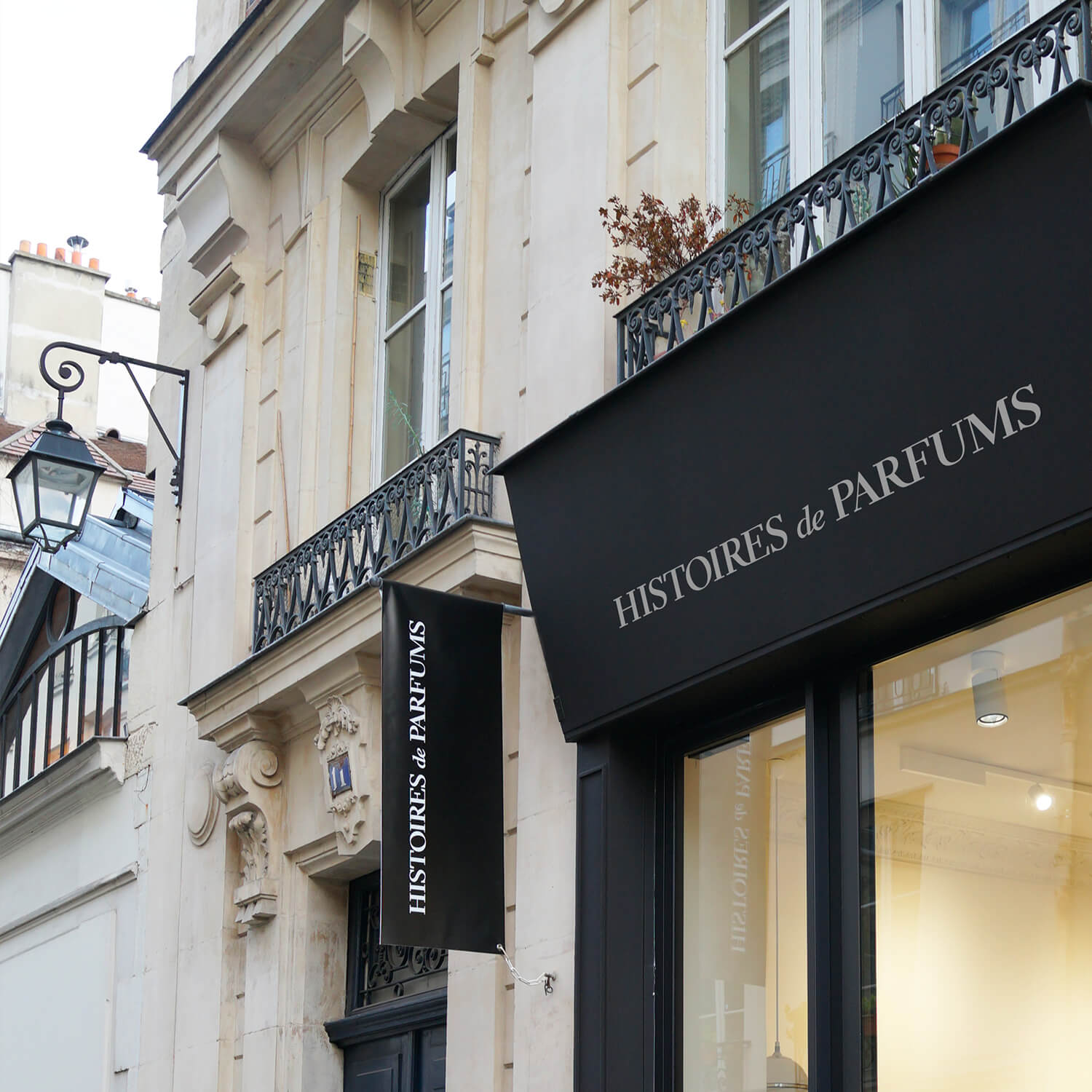June 4, 1783: The first identified UFO

A story of chimney’s
The thought of a man flying like a bird is mentioned throughout history with the legend of Icarus and Leonardo da Vinci's flying machines. However, it was only in the 18th century, with the innovation of these two brothers that this myth became a reality.
Joseph and Etienne Montgolfier were the sons of a paper manufacturer who lived in Ardèche, a department in the south of France. They rejected the family business, growing many interests elsewhere including in the sciences.
One winter night in 1782, Joseph was travelling to Avignon. Sitting in front of the chimney of an inn, he was reading a newspaper article discussing the Great Siege of Gibraltar (1779-1783) and explaining the impossibility of sending food or water supplies to those who were located there.
While watching the fire and observing the smoke rise, he told himself that air delivery would be the solution for delivering supplies. He then took a little cube of taffeta and held it above the fire. The cube began filling with hot air and eventually flew over the astounded eyes of the manageress. The hot air balloon was thus born, all that was left to do was put it in practice.
Trial and error
Once back in his hometown, Joseph and his brother began working on the first giant balloon, which they were successfully able to fly 30 meters high. They tested numerous materials for the balloon itself, as well as combustibles to fuel the fire. One of the nights they were testing the balloon even caused a panic amongst their neighbors who believed that a red flame in the sky could be nothing other than a sign from the devil.
In order to increase the amount of adequate testing in broad daylight, the brothers would attempt multiple tests during the day, but began fearing that someone would steal their idea. They thus decided to reunite the heads of state of Vivarais and hold a public demonstration. The demonstration was held on June 4, 1783, to an audience who was dumbfounded by the flight of an 800-cubic meter balloon which flew over 1000 meters high and traveled 2 km before returning to the ground ten minutes later.
A craze and a burn out
The achievement was so great that everyone was talking about it and the news quickly reached Paris. The Royal Academy of Science was so impressed that they invited the brothers to come give a speech in front of the King.
On September 19, 1783 in Versailles, Louis 16th attended not only in the first ever hot air balloon flight, but the first ever flight recorded in history! Once they verified that the ascent was safe for living organisms, they placed a cage with a rooster, a duck and a sheep in the gondola and let it fly. The animals were then safely recuperated after the hot air balloon landed back to earth.
The first ever human flight took place on November 21 of that same year. Jean-Baptiste Réveillon, Jean-François Pilâtre de Rozier and Giroud de Villette were the first people in history to fly. The craze was insane and everyone in Paris rushed to the roofs in the capital to watch the balloon pass. The three men landed safe and sound, the flight was a success!
Despite its success, the hot air balloon also had some tragic moments. On June 15, 1785, Jean-François Pilâtre de Rozier, accompanied by a friend, embarked on the first trip across Manche by hot air balloon. Unfortunately, however, a couple minutes after it took off, the balloon deflated instantly killing both passengers. Just like that, the first man to ever fly in a hot air balloon, was also the first man to fall victim to a flight accident.
Since then, the hot air balloon began slowly losing its appeal. It would go on to be used as a means of observation in revolutionary battles, but would be abandoned soon after, notably by Napoleon who deemed it to be too limiting. Its inability to steer in specific directions relegated its rank as a flying mechanism far behind the plane in the early 21st century.
While the hot air balloon was no longer part of the public scene, it continued to feed everyone's daydreams and imagination, and even inspired Jules Verne's first novel "Five Weeks in a Balloon".






Leave a comment
This site is protected by hCaptcha and the hCaptcha Privacy Policy and Terms of Service apply.